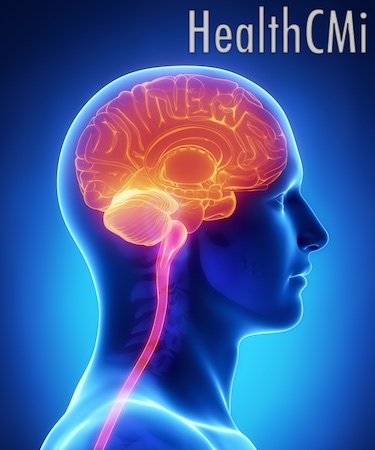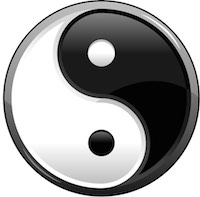Photoacoustic tomography of the brain during acupuncture reveals cerebral responses to acupuncture needle stimulation. Researchers have developed new photoacoustic imaging techniques for use during acupuncture that employ short laser pulses to generate ultrasonic waves in living tissues.  The techniques generate high ultrasonic resolution images with sharp contrast. The images show structural and functional images of cerebral responses to acupuncture.
The techniques generate high ultrasonic resolution images with sharp contrast. The images show structural and functional images of cerebral responses to acupuncture.
Researchers using photoacoustic imaging measured brain blood circulation changes when applying acupuncture at acupoint KD1 (Yongquan). KD1 is located on the sole of the foot between the second and third metatarsal bones in a depression formed with then foot is plantar flexed. According to Traditional Chinese Medicine (TCM) principles, KD1 benefits the sensory organs, calms the spirit and helps the qi to descend. It is indicated for use in reviving consciousness, controlling seizures including epilepsy, and for the treatment of shock, vertex headaches, blurry vision, foot disorders, coughing with blood and insomnia.
The researchers developed photoacoustic imaging techniques to augment MRI (magnetic resonance imaging) and PET (positron emission tomography) imaging of responses to acupuncture. The researchers note that MRI imaging excels in recording oxygen level changes in the blood but is expensive and has low spatial and temporal resolution. They note that PET scans excel in recording glucose metabolism and blood flow but patients must be injected with tracer isotopes prior to imaging. The researchers add that near infrared spectroscopy has helped scientists to understand the mechanisms of acupuncture on the body.
The photoacoustic imaging reveals cerebral hemodynamic changes induced by manual acupuncture needle stimulation. Significant changes in blood flow were measurable between the middles cerebral artery and branch vessel.  The research documents that needle stimulation induced significant brain cortex responses and increased blood flow. The researchers note that one of the most important aspects of the photoacoustic imaging techniques is that it measures cerebral hemodynamic changes non-invasively.
The research documents that needle stimulation induced significant brain cortex responses and increased blood flow. The researchers note that one of the most important aspects of the photoacoustic imaging techniques is that it measures cerebral hemodynamic changes non-invasively.
References:
Li, Tingting, Xueliang Xu, Bingzhang Chen, Jian Rong, and Huabei Jiang. "Photoacoustic imaging of acupuncture effect in small animals." Biomedical Optics Express 6, no. 2 (2015): 433-442.
J. S. Han and L. Terenius, “Neurochemical basis of acupuncture analgesia,” Annu. Rev. Pharmacol. Toxicol.22(1), 193–220 (1982).
K. K. Hui, V. Napadow, J. Liu, M. Li, O. Marina, E. E. Nixon, J. D. Claunch, L. LaCount, T. Sporko, and K. K. Kwong, “Monitoring acupuncture effects on human brain by FMRI,” J. Vis. Exp.8(38), 1190–1197 (2010).


